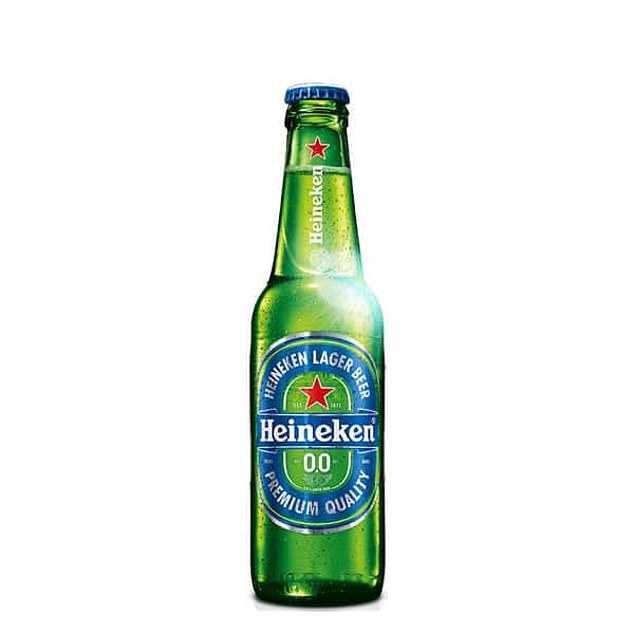‘Healthy’ low-alcohol beers could be packed with sugar – with some containing as much as 10 times the amount as full-bodied versions, study finds
- An alcohol-free Brewdog IPA contains 6 g of sugar per 330 ml can or bottle
For anyone who has suffered from a headache in recent days, the thought of low-alcohol beer may be more appealing than usual.
Although sales of the drinks are booming among increasingly health-conscious consumers, a Mail investigation has found that they can still leave a sour taste in the mouth as far as their 'benefits' are concerned.
Because while low- and non-alcoholic drinks typically contain less than half the calories of their full-fat versions, some contain up to ten times as much sugar.
Our research found that while a regular can of beer like BrewDog IPA contains negligible amounts of sugar, non-alcoholic versions from the same brewery can contain 6 grams per 330ml can or bottle – the equivalent of one and a half teaspoons of sugar.
Old Speckled Hen Low Alcohol, meanwhile, contains 2g of sugar per 100ml, compared to just 0.2g in the regular equivalent.
Although low- and non-alcoholic drinks typically contain less than half the calories of their full-fat versions, some contain up to ten times as much sugar.

A bottle of Heineken 0.0% lager beer
Faye Thompson, a nutritional therapist, said: 'Cutting back on alcohol is great, but the reward of switching to non-alcoholic beer is the higher sugar content.
'Sugar, not fat, is the real culprit when it comes to weight gain.'
Ms Thompson, from Lift Nutrition in Manchester, said drinkers should check labels for sugar content.
For example, Adnams Ghost Ship 0.5 percent contains only 0.1 grams of sugar per 100 ml, she said, while Big Drop Paradiso contains less than 0.5 grams. Brewers said the varying sugar levels were a result of the different processes used to produce low-alcohol beer.
Johnny Clayton from Big Drop said: 'In a full strength beer the alcohol is formed by the yeast eating the sugar extracted from the malted barley. This is converted into alcohol via fermentation. In some beer brands with a low alcohol content, excess sugar is not converted and remains after fermentation. We do it differently.'
